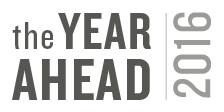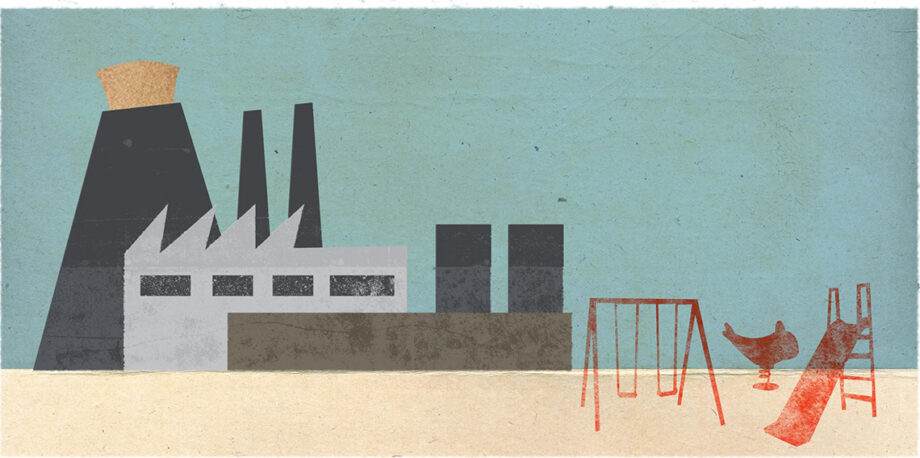January 13, 2016 —  When you look to the year ahead, what do you see? Ensia recently invited eight global thought leaders to share their vision for the environment as it relates to business, culture, ecosystems, energy, food, health, water and the world (see more). In this installment, environmental justice leader Robert D. Bullard, dean of the Barbara Jordan–Mickey Leland School of Public Affairs at Texas Southern University in Houston, answers the question: “In 2016, how can environmental issues become everyone’s issues?”
When you look to the year ahead, what do you see? Ensia recently invited eight global thought leaders to share their vision for the environment as it relates to business, culture, ecosystems, energy, food, health, water and the world (see more). In this installment, environmental justice leader Robert D. Bullard, dean of the Barbara Jordan–Mickey Leland School of Public Affairs at Texas Southern University in Houston, answers the question: “In 2016, how can environmental issues become everyone’s issues?”
In 2016, environmental issues could become everyone’s issues if everyone accepted the environmental justice framework adopted at the 1991 First National People of Color Environmental Leadership Summit.
The environment is where we live, work, play and learn, as well as the physical and natural world. While emphasizing the sacredness of Mother Earth and all of its inhabitants, plants and animals alike, the environmental justice framework attempts to uncover the underlying assumptions that contribute to and produce unequal protection; incorporates the principle of the “right” of all individuals and communities to be protected from environmental degradation; adopts a public health model of prevention (elimination of the threat before harm occurs); and rests on the precautionary principle for protecting workers, communities and ecosystems. The EJ framework is premised on protecting the most vulnerable in our society — a frame that is consistent with a sentiment often attributed to Mahatma Gandhi: “A nation’s greatness is measured by how it treats its weakest members.”
The EJ framework is our preferred alternative to the dominant environmental protection paradigm which for decades institutionalized unequal enforcement; traded human health for profit; placed the burden of proof on the victims and not the polluting industry; legitimized human exposure to harmful chemicals, pesticides and hazardous substances; promoted “risky” technologies; exploited the vulnerability of economically and politically disenfranchised communities; subsidized ecological destruction; created an industry around risk assessment; and failed to develop pollution prevention as the overarching and preferred strategy. Yet today, a quarter-century after the environmental justice framework was adopted, all communities are still not created equal.
The EJ movement is a response to injustice, exploitation of land and exploitation of people. I look forward to the day when ZIP code and race are no longer the best predictors of health and well-being in our society. Why not make 2016 the year we all get serious about making it happen? ![]()
Editor’s note: The views expressed here are those of the author and not necessarily of Ensia. We present them to further discussion around important topics. We encourage you to respond with a comment below, following our commenting guidelines, which can be found here. In addition, you might consider submitting a Voices piece of your own. See Ensia’s “Contact” page for submission guidelines.
Ensia shares solutions-focused stories free of charge through our online magazine and partner media. That means audiences around the world have ready access to stories that can — and do — help them shape a better future. If you value our work, please show your support today.
Yes, I'll support Ensia!

water Pollution ELIMINATION* (NOT The 3 DECADE totally fraudulent
dereliction and pollution PERPETUATION we've gotten, instead!): "33 U.S. Code § 1251 - Congressional declaration of goals
and policy -
(a) Restoration and maintenance of chemical, physical and
biological integrity of Nation’s waters; national goals for
achievement of objective
The objective of this chapter is to restore and maintain the
chemical, physical, and biological integrity of the Nation’s
waters. In order to achieve this objective it is hereby declared
that, consistent with the provisions of this chapter—
(1) it is the national goal that the discharge of pollutants into
the navigable waters be eliminated by 1985."